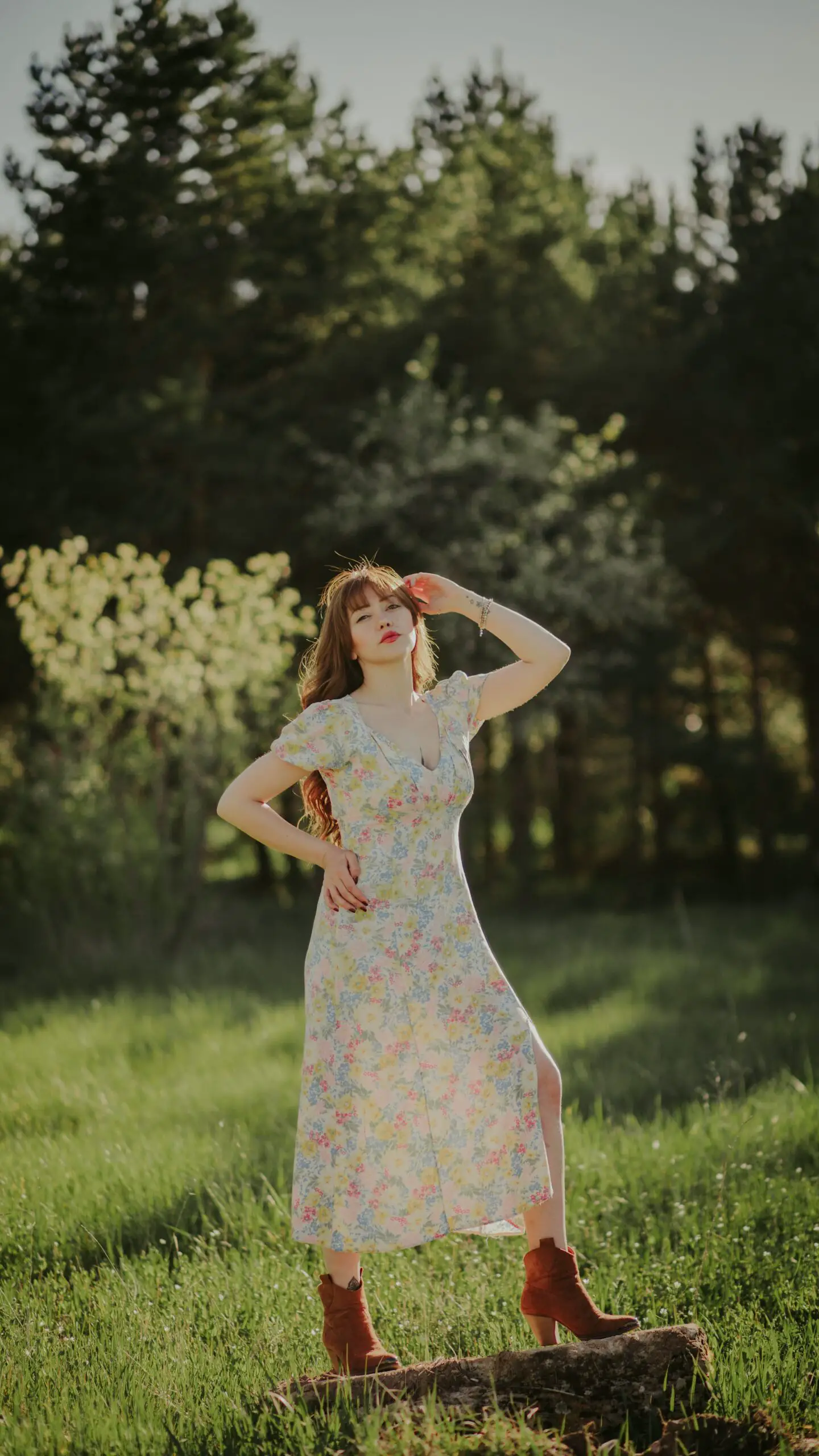Contents
How Many Clothes Do I Need?
Have you ever stood in front of your overflowing closet, feeling like you have nothing to wear? You’re not alone. The allure of trendy fashion and impulse shopping often leaves us with a closet full of clothes, but nothing that truly suits our needs. In this article, we’re going to explore the concept of a minimalist wardrobe and answer the age-old question: “How many clothes do I need?”
Assessing Your Lifestyle and Needs
How do you figure out how many clothes you need? It all starts with understanding your unique lifestyle and daily activities.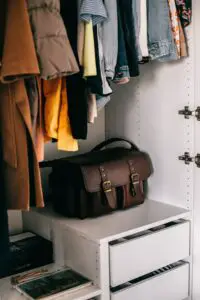
Identifying Your Daily Activities
Before we dive into your wardrobe, take a moment to consider your daily routine. Do you work in a professional office, a casual workspace, or remotely? Are you a stay-at-home parent, a fitness enthusiast, or a frequent traveler? The clothes you need depend on your daily activities.
For instance, if you have a job with a business-casual dress code, you’ll need a range of blouses, slacks, and dresses in your wardrobe. On the other hand, if you’re a stay-at-home parent, a selection of comfortable and easy-to-clean clothing might be more appropriate.
Considering Seasonal Variations
Ah, the ever-changing seasons! Depending on where you live, you’ll need clothes suitable for hot summers, chilly winters, and everything in between. If you experience distinct seasons, your wardrobe will need to adapt accordingly.
Let’s say you reside in a place with four distinct seasons. You’d require a variety of clothing, from lightweight summer dresses and shorts to cozy sweaters and jackets for the colder months. Consider the weather in your area and make sure you have the necessary garments to stay comfortable.
Special Occasions and Dress Codes
Think about the special events and occasions you attend. Weddings, parties, formal gatherings – all these require specific outfits. Maintaining a few versatile pieces for such occasions is essential.
For instance, if you have several weddings to attend each year, having a go-to formal outfit, like a classic black dress or a sharp suit, will save you from last-minute shopping stress.
Budget and Shopping Habits
Before you shop, it’s wise to set a budget and stick to it. Avoid falling victim to impulse buying. Plan your purchases mindfully, ensuring they align with your actual clothing needs.
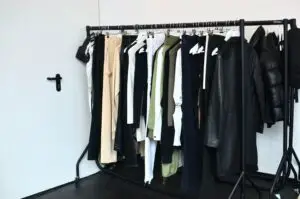
Let’s say you’ve set a monthly clothing budget of $100. This budget can help you avoid overspending and encourage more thoughtful purchases. If you come across an item you’re considering, ask yourself if it’s truly necessary and if it’s a versatile addition to your wardrobe.
The Benefits of a Minimalist Wardrobe
Creating a minimalist wardrobe isn’t just about having fewer clothes; it’s about having the right ones.
Simplifying Your Daily Routine
With a minimalist wardrobe, you can say goodbye to decision fatigue. No more staring at your closet, trying to pick an outfit. Each piece you own serves a purpose and effortlessly complements the others.
Consider this scenario: You have a closet filled with clothes, but because it’s cluttered, you struggle to find what you need. Now, envision having a curated selection of clothes that mix and match effortlessly. Getting dressed becomes a breeze!
Reducing Decision Fatigue
Ever feel overwhelmed by choices? A minimalist wardrobe streamlines your options, making your mornings less stressful. Say goodbye to endless deliberation over what to wear.
Think about the mornings when you’re rushing to get to work. The last thing you want is to spend precious time sifting through a sea of clothes. With a minimalist wardrobe, you know that everything in your closet suits your needs, which means less time spent deciding on outfits and more time for what truly matters.
Saving Time and Money
A smaller, curated wardrobe is cost-effective. You’ll invest in quality over quantity, meaning your clothes will last longer. Plus, fewer items to maintain will save you precious time.
Imagine this: Instead of buying a multitude of low-quality items that need constant replacing, you invest in a few high-quality pieces that endure. This not only saves you money in the long run but also minimizes the time you spend shopping for replacements.
Reducing Environmental Impact
The fashion industry’s rapid turnover contributes to environmental issues. By embracing a minimalist wardrobe, you reduce your carbon footprint and limit clothing waste.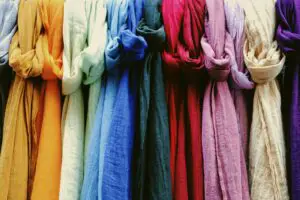
The fast fashion industry generates immense textile waste. When you buy fewer, better-quality clothes, you’re making a conscious choice to reduce your environmental impact. Fewer clothes mean less production and waste in the long run.
Building a Versatile Wardrobe
Now that you understand the benefits, let’s explore the practicalities of building your minimalist wardrobe.
Core Wardrobe Essentials
Your core wardrobe should consist of versatile pieces that can be mixed and matched effortlessly. Think of neutral basics like white tees and black pants – the building blocks of your outfit.
Consider the classic white t-shirt. It can be dressed up with a blazer and heels for work or paired with jeans and sneakers for a casual outing. This versatile item is a fundamental piece of your minimalist wardrobe.
Adaptable Pieces
Layering items, like cardigans and scarves, extend your outfit options. Multi-functional accessories and a few statement pieces can elevate your look without crowding your closet.
Take the example of a well-tailored blazer. It’s a versatile piece that can be worn over a blouse for a professional look, with a t-shirt for a casual vibe, or with a dress for a chic style. A single blazer can replace several less adaptable items.
Wardrobe for Work and Leisure
Consider the balance between your work and leisure wardrobe. Versatile pieces that can transition from the office to a night out are invaluable.
Let’s say you have a versatile pair of black pants. These can be worn with a crisp blouse and heels for work and transformed into a stylish evening outfit with a change of shoes and a bold necklace.
Capsule Wardrobes and Project 333
Are you up for a challenge? Capsule wardrobes offer a creative approach to minimalism.
Defining Capsule Wardrobes
Capsule wardrobes are like your clothing’s greatest hits – a limited number of items that coordinate perfectly. It’s about quality, not quantity.
Consider creating a capsule wardrobe for the upcoming season. You might choose 30 items that work together harmoniously, allowing you to mix and match effortlessly. This simplifies your daily choices and ensures that every item gets regular use.
Project 333 – A Minimalist Wardrobe Challenge
Project 333 takes things a step further. You select 33 items and wear only those for three months. It’s a powerful exercise in embracing minimalism.
Take a moment to picture yourself wearing only 33 items for an entire season. It may seem challenging, but many who have undertaken Project 333 report a newfound sense of freedom and creativity in their daily outfits.
Tips for Creating Your Capsule Wardrobe
Start small and build from there. Embrace the seasons and remember, it’s not about deprivation but about curating what truly brings you joy.
Begin by selecting a small number of items to form your first capsule wardrobe. Over time, you can adjust and expand your collection based on what works best for you. This way, you retain a minimalist approach while tailoring it to your unique preferences.
Decluttering and Maintaining Your Wardrobe
Once your minimalist wardrobe is in place, the journey doesn’t end. You need to maintain it.
KonMari Method and Other Decluttering Strategies
Decluttering your existing wardrobe can be cathartic. Marie Kondo’s KonMari Method is a popular approach, but there are various methods to help you let go of what no longer serves you.
Consider using the KonMari Method. It involves holding each item and asking if it sparks joy. If not, it’s time to part with it. This method is highly effective in helping you determine which clothes truly matter to you.
Organizing and Storing Your Clothes
Proper organization and storage are key to maintaining your minimalist wardrobe. Invest in good hangers, storage solutions, and keep an eye on clothing care.
For example, invest in slimline hangers that save space and prevent clothes from slipping off. Use clear storage bins to keep your out-of-season items neatly stowed away. Also, follow care instructions for your clothing to ensure they last longer.
Regular Maintenance and Seasonal Updates
As the seasons change, so should your wardrobe. Rotate your clothes, assess what you wore, and consider what needs replacing or updating.
When transitioning from one season to the next, take the time to evaluate your clothing. Are there items you didn’t wear all season? Are there any pieces that are showing signs of wear and tear? This is the perfect time to make replacements or adjustments to keep your wardrobe fresh and functional.
Sustainable Fashion and Ethical Choices
Minimalism often goes hand-in-hand with sustainability and ethical fashion.
Thrifting and Secondhand Shopping
Thrift stores and secondhand shops offer fantastic finds. Not only do you save money, but you also reduce clothing waste and support recycling.
Consider the thrill of thrift shopping. It’s a treasure hunt that not only saves you money but also helps divert clothing from landfills. Vintage and pre-loved items often have unique character and are kinder to the environment.
Sustainable Fabric Choices
When shopping for new items, consider the materials. Organic cotton, bamboo, and recycled fabrics are eco-friendly choices.
Imagine owning clothes made from organic cotton, a fabric that’s grown without harmful pesticides and chemicals. These items are not only better for your skin but also contribute to a cleaner environment.
Supporting Ethical Brands
Research brands that align with your values. Many companies are committed to fair labor practices and sustainable manufacturing.
For instance, brands that adhere to Fair Trade principles ensure that workers are paid fairly and work in safe conditions. By supporting such brands, you contribute to a more ethical and sustainable fashion industry.
Repairing and Upcycling
Don’t toss damaged clothing. Learn basic sewing skills and repair or upcycle items. It’s a fun way to extend the life of your clothes.
Think about a favorite pair of jeans that has a worn-out knee. Instead of discarding them, you can learn simple sewing techniques to patch them up. Upcycling not only extends the life of your clothing but also allows you to showcase your creativity.
Overcoming Challenges and Resisting Impulse Buys
The path to a minimalist wardrobe isn’t without its challenges.
Dealing with Fashion Trends
Trends come and go. Focus on classic, timeless pieces that won’t go out of style.
Consider this scenario: Your friend raves about a new fashion trend. It’s tempting to rush out and buy it, but is it a wise investment? Instead, focus on classic pieces that have timeless appeal. These will remain stylish even as trends shift.
Peer and Social Pressure
Resisting social pressure to keep up with the latest fashion is tough. Remember, your choices should align with your lifestyle and values, not someone else’s.
Imagine attending a gathering where everyone is flaunting the latest designer labels. The pressure to keep up can be intense. However, remember that your choices should reflect your values and personal style, not peer pressure.
Strategies for Avoiding Impulse Purchases
Impulse buying is the enemy of minimalism. Create a shopping list and stick to it. Give yourself time to think before making a purchase.
Suppose you’re out shopping, and you stumble upon a gorgeous but unplanned item. Instead of immediately adding it to your cart, take a photo and note it down. Give yourself 24 hours to think it over. This simple trick can help you avoid hasty decisions and impulse purchases.
Personal Style and Self-Expression
Minimalism doesn’t mean sacrificing your personal style.
Defining Your Personal Style
Your wardrobe should reflect your individuality. Define your style, and use it as a guide when curating your clothes.
Consider the classic example of a bohemian style enthusiast. Their wardrobe might consist of flowy dresses, earthy tones, and a collection of accessories that reflect their free-spirited personality. Your personal style is the foundation upon which your minimalist wardrobe is built.
Balancing Minimalism with Individuality
Minimalism doesn’t mean you can’t express yourself. Accessories and styling play a crucial role in personal expression.
Think about how accessories can transform an outfit. A simple black dress can take on various personalities with the addition of different accessories. An edgy leather jacket, a colorful scarf, or a statement necklace can all showcase your unique style.
Case Studies and Minimalist Wardrobe Examples
Let’s delve into some real-life examples to see how people have embraced the minimalist wardrobe.
Real-Life Examples of Minimalist Wardrobes
Explore the wardrobes of individuals who have successfully adopted a minimalist approach. Learn from their experiences.
Meet Jane, a professional with a passion for sustainability. Her minimalist wardrobe consists of carefully chosen pieces made from eco-friendly materials. She has reduced her environmental impact while ensuring she always looks put-together.
Success Stories and Lessons Learned
Discover the stories of those who’ve found freedom and contentment through minimalism. Their journeys offer inspiration and valuable insights.
Sarah, a busy mother of three, decided to tackle Project 333. At first, the idea of wearing only 33 items for three months seemed daunting. However, she discovered that it simplified her mornings and allowed her to spend more quality time with her family.
Frequently Asked Questions
You’re not alone in your minimalist wardrobe journey. Here are answers to common questions.
How often should I update my minimalist wardrobe?
Your wardrobe should evolve as your needs change. Regularly reassess and make updates as necessary.
Consider reevaluating your wardrobe every season. As you shift between warm and cold weather clothing, assess what you wore and what you didn’t. This will help you make informed updates to your collection.
Absolutely! A well-curated wardrobe can adapt to various social occasions with the right pieces.
Let’s say you have a diverse social life, with work events, casual outings, and formal occasions. By owning versatile pieces and a few dressier items, you can seamlessly transition from one social setting to another.
How do I handle seasonal clothing changes in a minimalist wardrobe?
Rotate your seasonal items and make thoughtful purchases to address changing weather and activities.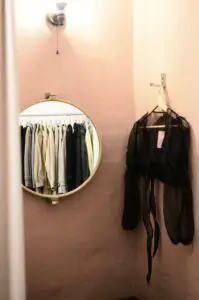
As the seasons change, store out-of-season items in a separate section of your closet or in storage containers. This ensures your current wardrobe is well-organized and reflects the season’s needs. When transitioning, consider adding a few new season-appropriate pieces.
Conclusion
Embracing a minimalist wardrobe is not about deprivation but about creating a closet that serves you. It’s a journey toward more mindful, sustainable, and purposeful living. So, ask yourself, “How many clothes do I need?” The answer lies in your unique lifestyle, values, and personal style. Start your minimalist wardrobe journey today and discover the freedom that comes with less, but better. It’s not just about decluttering your closet; it’s about simplifying your life and making room for what truly matters.

